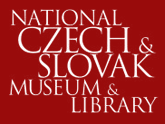Walking along the street in Pilsen, learning about the tile murals that tell the story of the history of Czechoslovakia, I became immediately intrigued with the story of Jan Ámos Komenský. He was loved and hated, respected and denigrated, honored and decried. He was understood and misunderstood, though much of his life’s work focused on improving understanding. Among other things, he is considered the father of modern education. I see his influence in everything at the NCSML.
In short, Komenský believed that everyone needed education and that learning is more enjoyable and successful when teaching utilizes how a student learns, recognizing that different people learn in different ways. He said, “Aristotle compared the mind of man to a blank tablet on which nothing was written, but on which all things could be engraved. There is, however, this difference, that on the tablet the writing is limited by space, while in the case of the mind, you may continually go on writing and engraving without finding any boundary, because, as has already been shown, the mind is without limit.”
I can’t help but believe that he would be pleased and proud of how his beliefs are apparent in the various programs, outreach, and exhibitions at the NCSML.
- Guts & Glory exhibition: This exhibition dedicated to the War Train of World War I that seized the Trans-Siberian railroad involved high school students to create train car replicas and a virtual reality experience of being on the train.
- History on the 8’s program: Using expert authors to explore various elements of Czech and Slovak history, this program provides attendees insights and perspectives from acclaimed national and international authors and scholars in presentation style. These events are streamed on the NCSML Facebook page, and then preserved for watching later. Here is the March presentation by Kenneth Janda, The Emperor and the Peasant.
- The Skala Bartizal Library: The Skala Bartizal Library is a welcoming place to find information about Czech and Slovak history and culture, perform scholarly research, or discover more about your family history. The collection includes books, periodicals, musical recordings, and sheet music, videos, and archival materials. Visitors to the Reading Room may browse books about history and politics, immigration, customs and traditions, folk and fine arts, music, and food as well as other topics.
- 68.77.89 curriculum: This set of lessons in four modules is designed for teachers using the stories of artists, students, and everyday individuals to teach about how a nation peacefully transitioned from 41 years of Communist rule to democracy in 1989. Students will read excerpts of relevant literature, listen and watch excerpts of oral histories, view excerpts of media of the time, and respond to compelling questions to stimulate deep class discussion.
- Faces of Freedom exhibition: The NCSML’s permanent exhibition informs, inspires, and immerses visitors with rare artifacts, leading-edge interactive displays, a steerage replica, videos, and much more to help communicate the experiences, lessons, history, and stories of Czech and Slovak history.
- Maňa: One Girl’s Story project: The perspectives and experiences of children can touch people’s hearts, open their eyes, and inform their understandings. So it is with this project that uses artifacts, oral histories, letters, photographs, and art to help second- to fourth-grade educators teach immigration, community development, and the realities of life long ago based on the recollections of Maña who was 7 when her family immigrated from Kolin, Czechoslovakia, to Cedar Rapids in 1922.
Whether you are a student, teacher, parent, or life-long learner, the NCSML programs provide lessons that meet you where you are.

